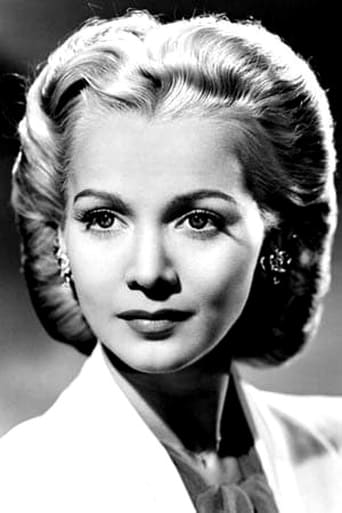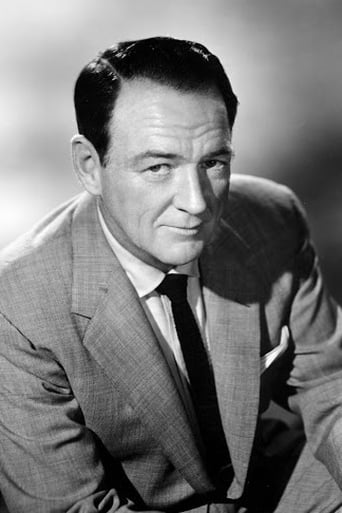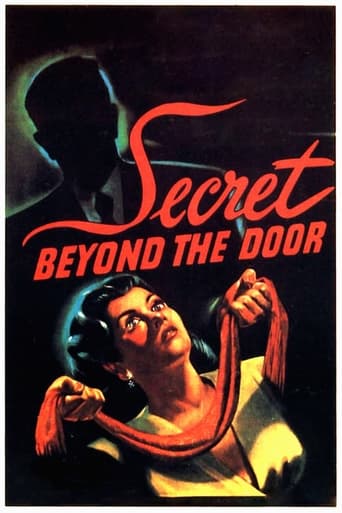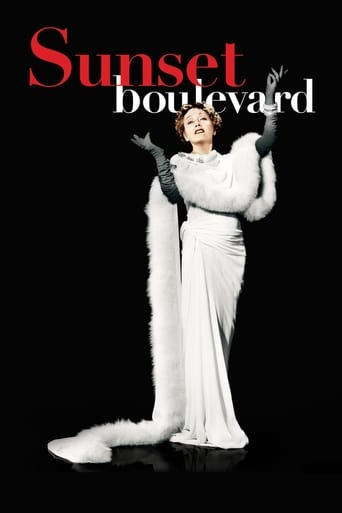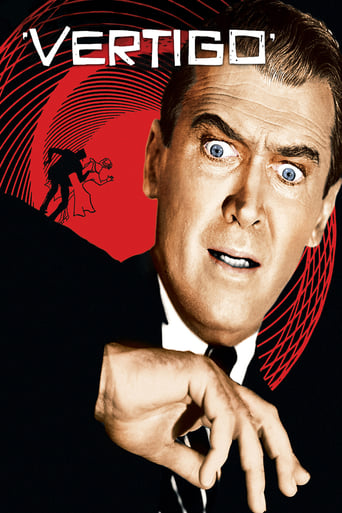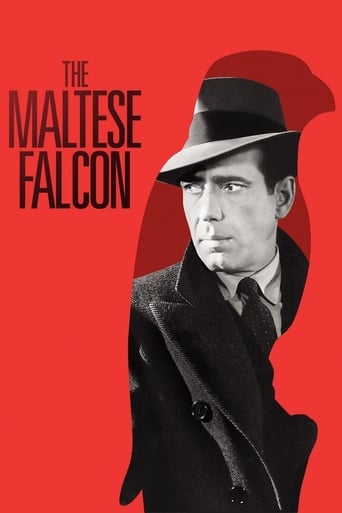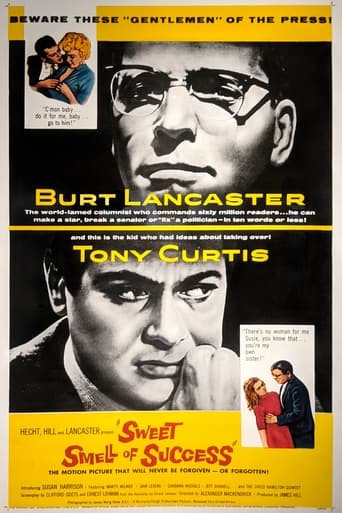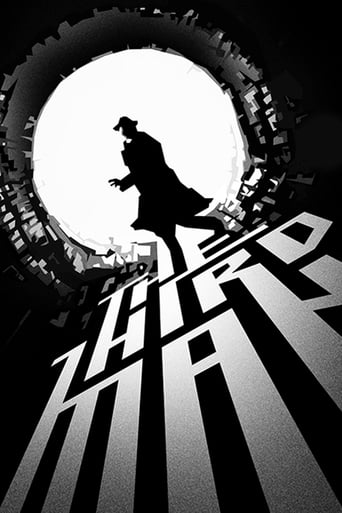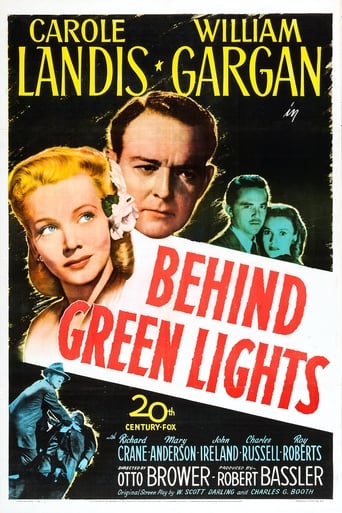
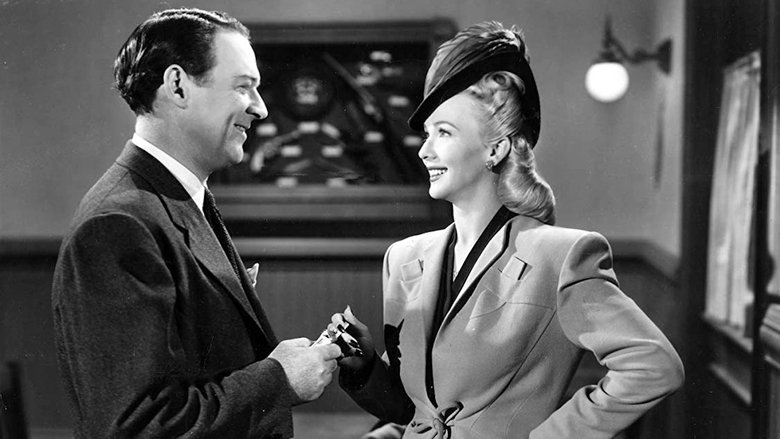
Behind Green Lights (1946)
An unscrupulous private investigator with a penchant for blackmail is found dead in a car and the leading suspect is Janet Bradley, the daughter of a mayoral candidate. With the election just weeks away, shady and ruthless individuals muscle the medical officer into switching the corpse with another body. Lieutenant Sam Carson, one of the few good apples in the bunch must find a way to get to the bottom of it all.
Watch Trailer
Cast


Similar titles
Reviews
The body of a private investigator, who also dabbled in a bit of blackmail, is literally dumped on the police department's doorstep. The case becomes politically charged when the prime suspect is determined to be one of the mayoral candidate's daughter. And to complicate things further, one of the city's newspapers may also be involved. Lt Sam Carson (William Gargan) has to get to the bottom of things. Problem is, he's fallen for his #1 suspect.I really enjoyed this little movie much more than I could have imagined. Behind Green Lights will never be confused with a noir heavyweight like Double Indemnity, but it's not unentertaining in its own modest way. The story is compelling enough and director Otto Brower keeps things moving throughout the film's (too) brief 64 minute runtime. Budgetary restrictions can be seen in the limited number of sets (there are really only two or three that matter), yet the film never feels confined or stagey as I've seen before with similar films. Again, a tribute to Director Brower. The film has the benefit of a nice cast. Gargan might not be the most engaging lead, but he's solid and gives a real workmanlike performance. His character falling for the main female character, Janet Bradley (Carole Landis), is certainly believable. Speaking of Landis, she also gives a nice performance. I'm not overly familiar with Ms Landis, but what a tragic figure. Supporting players, including Richard Crane of Rocky Jones "fame", Mary Anderson, and a very young John Ireland, are all strong. My only real complaint is with the doctor character. I'm not sure how this man, who could so easily be tempted to basically break the law, kept his job as a police medical examiner. It's just doesn't make sense. So, to summarize my thoughts, Behind Green Lights is an engaging little film that's aided tremendously by a nice cast.
A dead body is dumped outside a police station one night. This leads to a mystery involving a femme fatale and corruption.This was an entertaining mystery in my book. While it was set almost totally in two locations - the police station and the flat where the murder took place - it has a fairly polished feel and holds the interest throughout. The mystery is involving enough and there are some moments of noirish atmosphere and style towards the end. There were some elements of humour introduced which, while not being strictly necessary, weren't too distracting either. Behind Green Lights isn't a poverty row effort, it was made by one of the big studios so that may account for it's relatively impressive overall presentation. It's hardly a film that breaks the mould but it's a fairly effective little mystery that is worth watching if you like these kinds of flicks.
William Gargan and Carole Landis star in Behind Green Lights, a police drama set in one night in the police station. Gargan is Lt. Sam Carson, the head officer of the night shift and Landis is Janet Bradley, the prime suspect in the murder of a shady Private Eye who is blackmailing her. Both of their performances are excellent.Several of the supporting cast put in a good performance as well, such as Roy Roberts as Max Calvert, the owner of a newspaper who tries to influence Lt. Carson into railroading Janet Bradley into a murder conviction, whether she's actually guilty or not. Newspaper politics and corruption is well depicted here. The only part of this movie that lacks is when they spend too much time with the newspaper reporters who work out of an office at the police station. Too often they delve into a little too much slap stick and corny behavior. That and the character of Flossie, the "nutty woman who sells flowers" who becomes a somewhat too frequent presence in the later part of the movie, although she does help the Lt. figure out who the killer is. That and they over did her use of the phrase "A dollar six bits", which got to be a little annoying. All of this happens in the last half of the film. If you keep in mind when the film was made it's easier to simply look past these few distractions.Never the less, this is a fun, albeit short (64 minutes) movie. It was entertaining to watch Gargan and Landis, who normally got supporting roles in a lot of the movies they're in, get to be the leads. Oh, and you'll never figure out who actually killed the Private Eye until the end! Good overall, worth 7 stars for the excellent and entertaining story.
A police-procedural mystery that's about halfway to film noir but comes up short, Behind Green Lights takes place entirely during a single night in a midwestern city (stockyards are mentioned; Kansas City? Chicago?). A car rolls up to the green globes of a police station, holding the murdered body of a private investigator who dabbled in blackmail. Asked in for questioning is Carole Landis, daughter of a mayoral candidate, who had been in the extortionist's apartment earlier that evening. Though other suspects emerge, the ink-stained wretches on the police beat smell a scoop: If Landis is convicted in the press, it will swing the election that's just a few days off.Its view of the press as partisan, corrupt and unprincipled is the most unusual aspect of Behind Green Lights. It assumes (in this case rightly) that the newspapers have mercenary minions stowed throughout the city government. The medical officer (Don Beddoe) clearly takes his orders not from night-shift boss William Gargan but from a sleazy tabloid's editor-in-chief (Roy Roberts). On his instructions, he substitutes victim's body for a John Doe's after he discovers that the murder weapon was poisoned Bourbon, not the gunshot that would implicate Landis. (This switching around of corpses introduces an antic element of slapstick from which the movie never quite recovers.)But the pervasive corruption of big-town politics remains oddly matter-of-fact, never developed into an indictment or accepted as a grim given of mid-twentieth-century American life; it's just a plot point. (The movie also has to work around the central presence of the charisma-free Gargan, while John Ireland is wasted as his assistant.) It wraps up neatly, leaving little atmosphere behind (Mabel Paige as a flower vendor stays the most memorable character). Still, it has a brisk pace and professional look - both indoor and outdoor scenes have a dark, noirish shine, thanks to director of photography Joe MacDonald, who would go on to light many worthy noirs - and leaves one wishing that it had been just a little bit longer and a little bit better.


